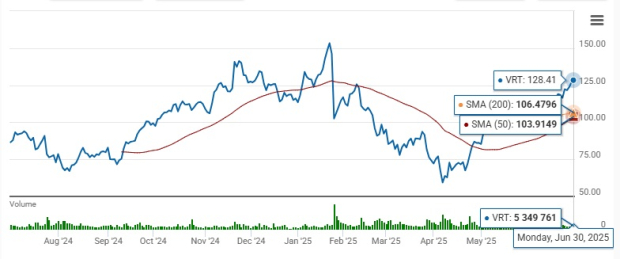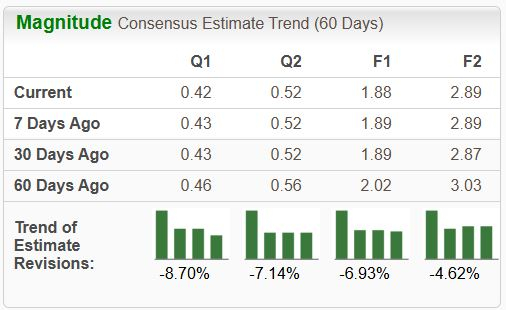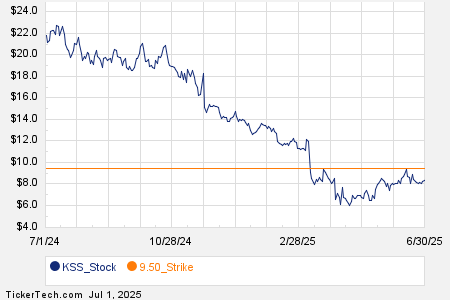Finding and buying companies that are cheap in respect of their intrinsic value is the core and essence of value investing. This strategy is based on the conviction that the market’s exaggerated responses to both good and bad news are what cause stock price swings that defy a company’s long-term fundamentals, and value ultimately emerges. The ability of the investor to live through these moves before that time is something else. Investing in businesses whose shares are undervalued and holding onto those shares until the market realizes their real worth. Basically, all investing is, in the end, value investing, which is a fundamental idea that cuts across many investment philosophies. Whether the market sees it right away or not, every investor is essentially searching for value that others have missed. The idea of value investing is a fundamental one in the financial industry since it is about identifying chances where the possible return exceeds the risk. This basic realization underpins all investment strategies and the pursuit of higher returns in the face of market fluctuations.
What Is A Value Trap?
The trouble with any sort of trap is that it is designed to deceive you into making a mistake. They can come in the form of tourist traps, speed traps, phishing traps, and even mouse traps. In investment, a value trap is a company that, although looking inexpensive from conventional valuation measures like price-to-earnings or book value ratios, is priced low for underlying reasons that prevent it from growing and recovering. Though the company may be dealing with insurmountable issues like fading industry prospects, antiquated technology, or poor management, which can result in protracted periods of underperformance despite seeming undervaluation, investors may think they are buying an undervalued stock with potential for appreciation.
Company Financials
Having been around for a while, one of the indicators investors constantly present to me is the price-to-earnings ratio, which is used to evaluate the basic health of a firm. Consider a stock beyond this indicator. Cash flow, earnings, and sales declines that continue can be indicators. For example, as rivals like Apple and Samsung unveiled more sophisticated technologies, Blackberry—a company renowned for its innovative role in smartphone technology—saw steady drops in sales and market share. Although BlackBerry seemed inexpensive by conventional measures, it found it difficult to recover in a fast-changing market, indicating that its low stock price was more a sign of more serious, maybe irreversible problems than of brief setbacks.
Industry & Technology Relevance
Analyze how relevant a company’s products are in relation to its industry; those that don’t innovate or change could go out of business. Take Blockbuster, which struggled to adopt the digital streaming business model that Netflix and other competitors invented. Blockbuster’s decline was a result of its inability to innovate, and the stock price of the company demonstrated not only undervaluation but also a basic inability to keep up with changes in the industry. This emphasizes that low market prices may occasionally indicate more serious problems than merely transient undervaluation.
Debt Analysis
High debt levels can make a business far more vulnerable during economic downturns and limit its capacity to invest, therefore impeding its potential to expand. Crucially important are the interest coverage and debt-to-equity ratio analyses. Toys “R” Us, for instance, had debt levels that well surpassed industry standards. The company’s restricted operating flexibility because of this high debt load led to its eventual collapse amid hard economic circumstances. Such situations highlight the need to closely examine debt levels to evaluate a company’s long-term sustainability.
Dividend Sustainability
While high dividend yields can be appealing, it’s essential to verify their sustainability. Future reductions are probably in store, indicating possible financial problems, if a company’s earnings or cash flows are insufficient to regularly pay its dividends. Take J.C. Penney, which at one time had appealing dividend returns. But once the payout ratio surpassed 100%, it became clear that these were unsustainable, and as part of the company’s larger financial difficulties, they were eventually suspended.
Competitive Position And Market Share
Check to see if a company is losing market share to rivals while evaluating its competitive position; this can frequently indicate a value trap. A declining market share could indicate a non-competitive business strategy for the corporation. Sears, for example, often lost market share to more agile and creative stores like Walmart and Amazon, underscoring its incapacity to adjust to shifting customer tastes and the changing retail environment.
Management and Governance
The success of an organization depends on its management. Inadequate corporate governance and frequent leadership changes can be signs of deeper issues. A prime example of this is Enron, whose historic collapse was due to constant leadership changes and dishonest management practices. Along with confusing the market, this seriously damaged investor confidence and brought to light serious internal issues.
Avoiding Value Traps
- Conduct thorough due diligence beyond surface financial metrics.
- Regularly review industry trends and the competitive landscape.
- Monitor management’s actions and corporate governance standards.
- Reassess portfolio holdings periodically to ensure they continue to meet strategic investment criteria.
It needs in-depth knowledge of both quantitative and qualitative elements of a company to spot value traps. Investors can distinguish between cheap chances and possible traps that could reduce the value of their assets by carefully using thorough research criteria.
On the date of publication, Jim Osman did not have (either directly or indirectly) positions in any of the securities mentioned in this article. All information and data in this article is solely for informational purposes. For more information please view the Barchart Disclosure Policy here.
The views and opinions expressed herein are the views and opinions of the author and do not necessarily reflect those of Nasdaq, Inc.






